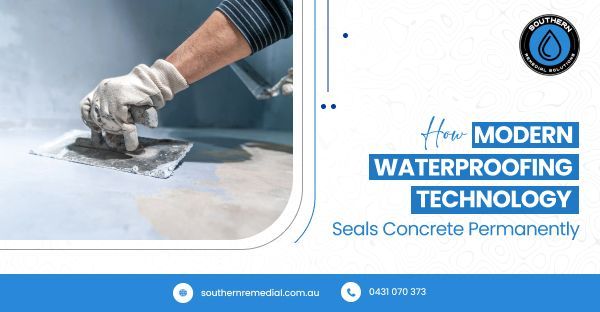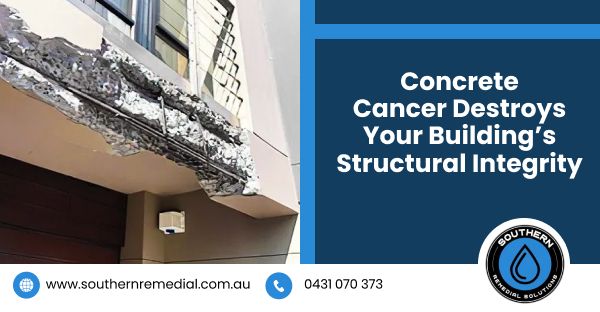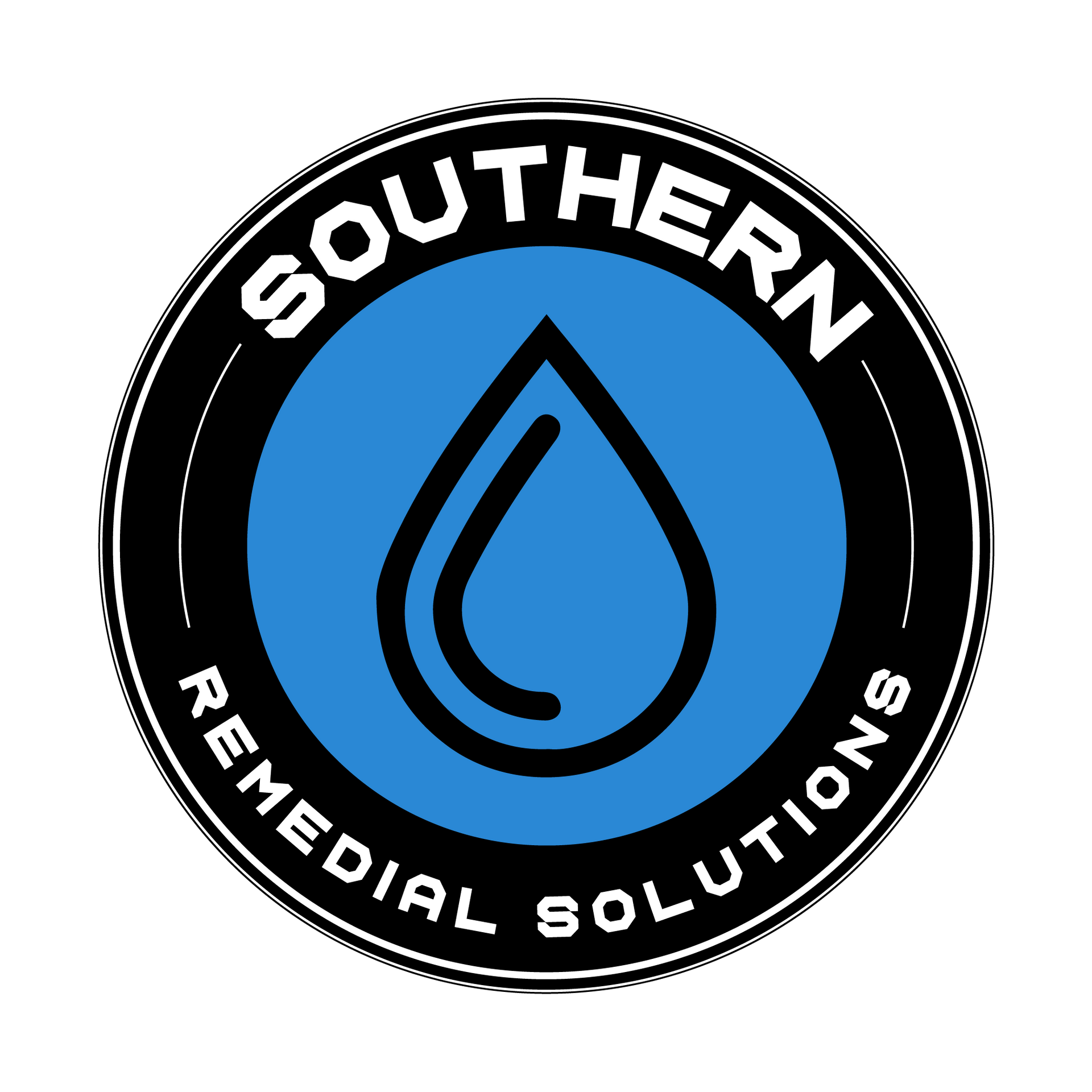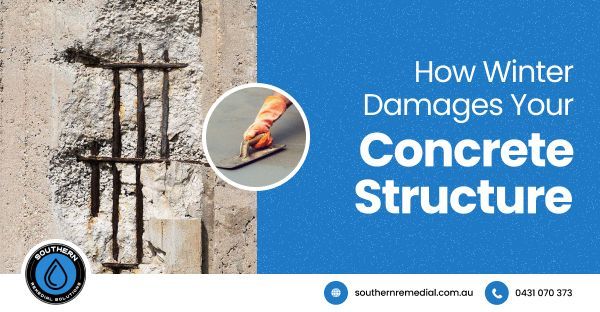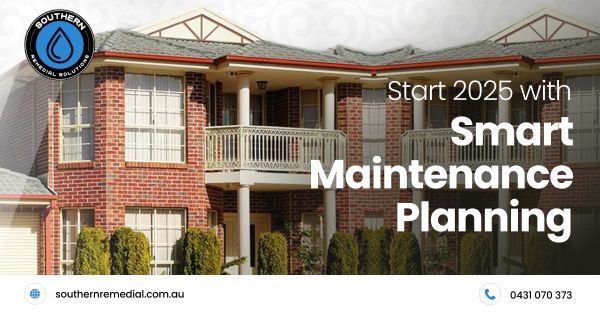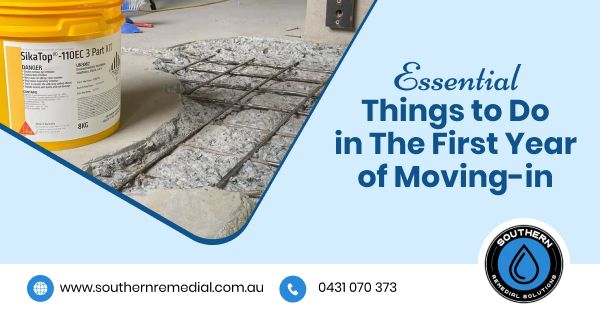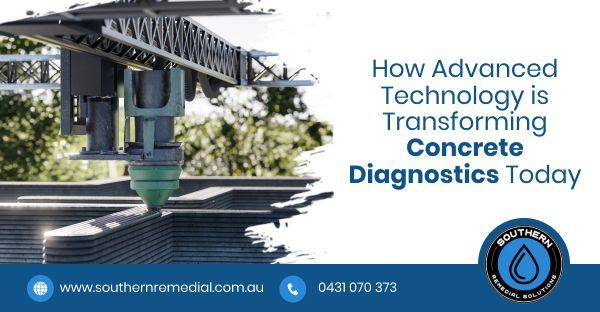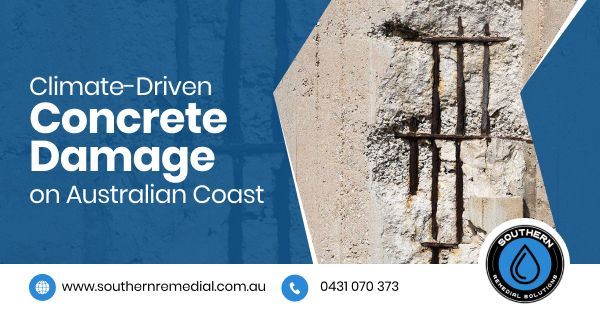Hidden Problems in Old Homes That Require Remedial Building Work
The body content of your post goes here. To edit this text, click on it and delete this default text and start typing your own or paste your own from a different source.
Hidden Problems in Old Homes That Require Remedial Building Work
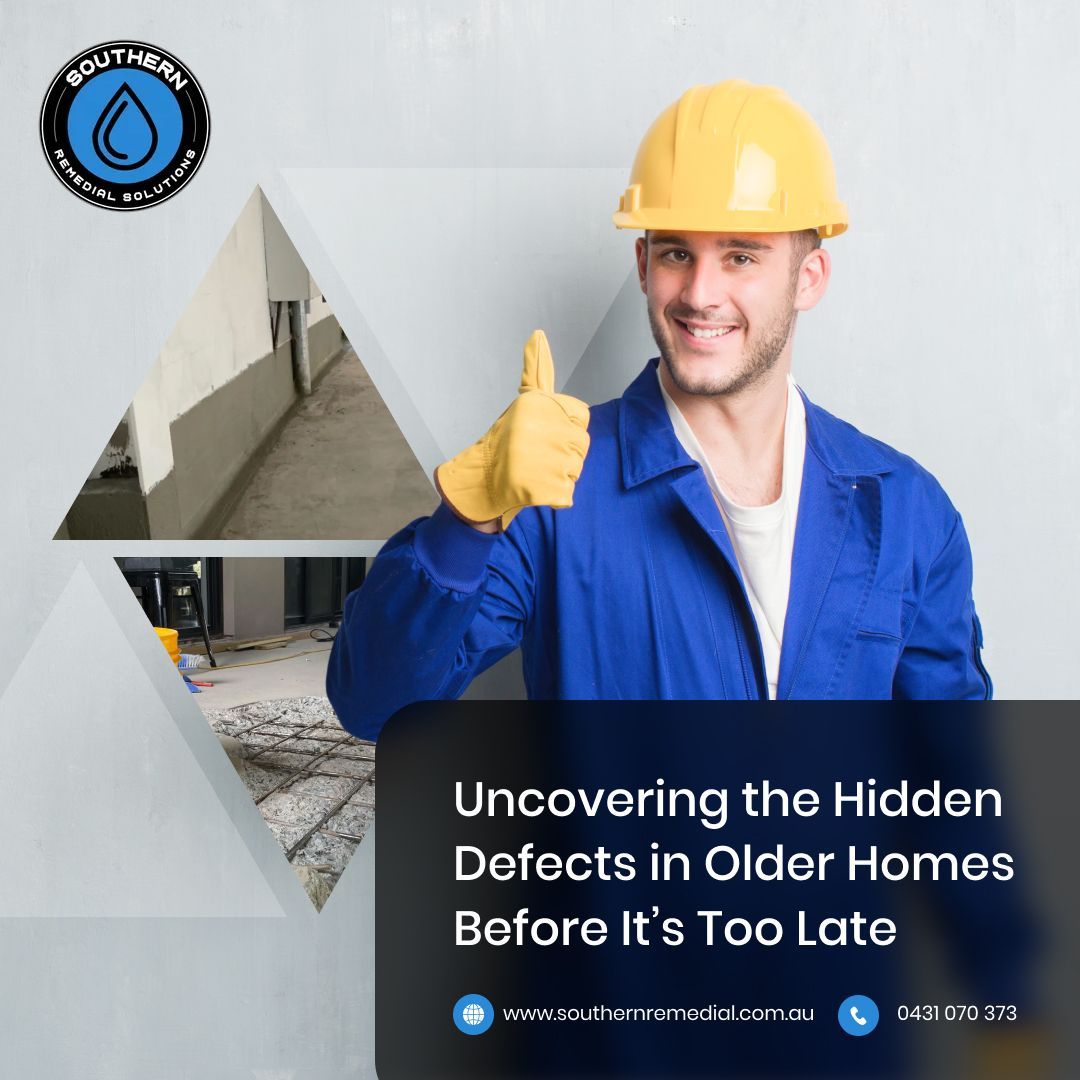
Old homes hold charm, character, and a strong sense of history. Many people buy them for their design, their location, or their sentimental value. However, beneath the surface, there may be hidden issues. These problems can affect the structure, safety, and comfort of the home. That is why remedial building work often becomes necessary during renovation or repair projects.
Unseen Structural Threats That Can Weaken Your Home Over Time
Even the most charming old homes can hide serious structural risks beneath the surface. Cracks in the foundation, termite damage, and rusting metal can quietly compromise safety. Identifying these problems early and addressing them with expert remedial building work ensures your home stays strong and secure for the future.
Moisture trapped behind walls and floors
Water damage often goes unnoticed in older homes. Small leaks in roofs, pipes, or around windows allow moisture to build up over time. The walls, floors, and ceilings absorb this moisture. This leads to wood rot, mould, and swelling. These changes weaken the structure and cause health risks. The smell of dampness or signs like bubbling paint are often the only clues. Sometimes, people overlook them until major repairs are needed. Fixing these problems requires pulling up affected materials and sealing off entry points. Experts assess the damage before replacing wood, tiles, or plaster. Regular inspections prevent these issues from growing worse.
Foundation cracks that hint at deeper issues
Cracks in the foundation are not always surface-level flaws. Over time, shifting soil or poor drainage puts pressure on the foundation. This pressure leads to large cracks that threaten the entire structure. Uneven floors, stuck doors, or leaning walls often follow. Ignoring these cracks invites further movement and damage. Early detection and professional help make all the difference. Contractors usually reinforce the structure and stabilize the soil around the house. Simple cosmetic fixes won’t solve the problem. Concrete repair contractors often step in to correct the root cause and restore balance to the foundation.
Termite colonies hidden behind woodwork
Wooden beams, skirting boards, and floorboards often hide one of the biggest threats in older homes. Termites silently chew through timber, weakening support structures. People may not see them until they tap on a hollow beam or notice sawdust trails. One infested beam can affect the entire load-bearing structure. Homeowners should not rely on regular bug spray or basic treatments. Professional inspections, especially before buying or renovating, are essential. Termite barriers and proper ventilation reduce the risk of infestation. Preventing re-entry involves sealing gaps and maintaining dry spaces. A home left unchecked may face thousands of dollars in damage.
Rust forming inside concrete and steel structures
Older homes sometimes contain concrete or steel parts that hold weight or form part of the roof or balcony. Over time, moisture enters these materials through tiny cracks. Steel inside the concrete starts to rust. This weakens both the steel and the concrete around it. People may not see the rust until cracks spread or pieces fall away. Balconies, staircases, and garden walls face the highest risk. Concrete repair contractors use special tools and sealants to stop this problem early. Removing rusted metal, applying protective coatings, and sealing the cracks restores strength to the structure.
Poor ventilation causing unhealthy living conditions
Old homes often lack proper air movement. Small windows, sealed chimneys, and blocked vents trap air indoors. This stale air collects dust, moisture, and pollutants. People feel tired, experience allergies, or notice mould growth. Kitchens and bathrooms without exhaust fans trap steam, adding to the problem. Fresh air is essential for health and comfort. Adding windows, fans, or ducts brings relief. Builders today focus on proper airflow, but older homes need upgrades. A well-ventilated home feels fresher and reduces damage from moisture. Simple design changes bring lasting results.
Water drainage issues under the surface
Yards and gardens may look neat, but poor drainage hides underneath. Water pooling around foundations, under decks, or in basements causes long-term damage. It weakens walls, rots timber, and attracts pests. Old homes may have outdated or broken drainage systems. Gutters, downpipes, and stormwater lines often clog or crack. Fixing these systems keeps water away from vulnerable areas. Landscaping can redirect water flow. Subsurface drains and waterproof membranes protect the home below ground. Acting early prevents major structural problems.
When to act and who to call
Many of these problems stay hidden until they grow serious. Fixing them early saves money and stress. Homeowners should schedule inspections every few years. Trusted builders, electricians, and concrete repair contractors provide useful advice. Choosing experts for assessments leads to better repair outcomes. They can spot issues that DIY fixes often miss. Planning repairs during renovations makes the most of both time and budget.
Remedial building work helps turn a risky old house into a safe, sturdy home. With care, planning, and the right team, old houses can last for generations.
